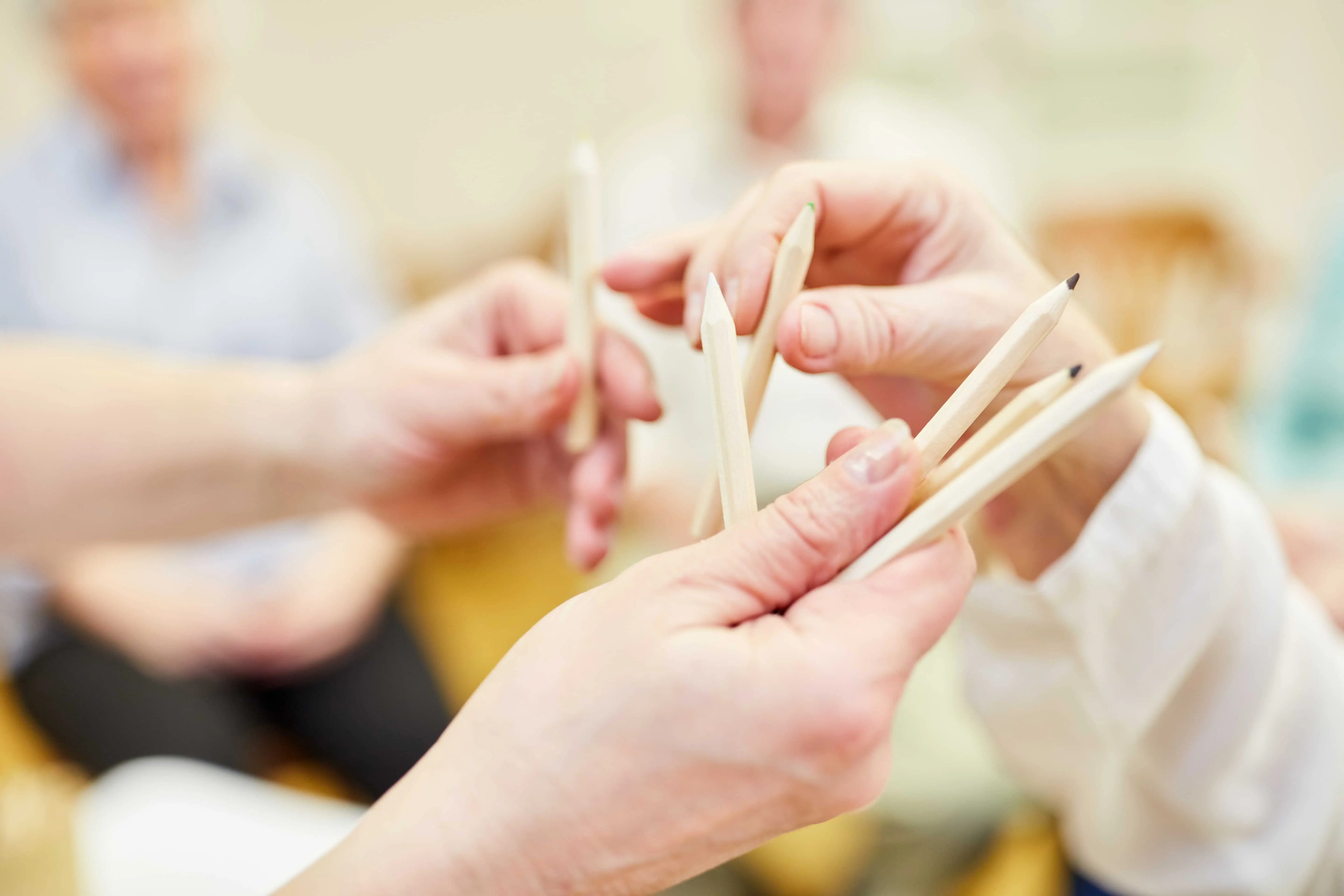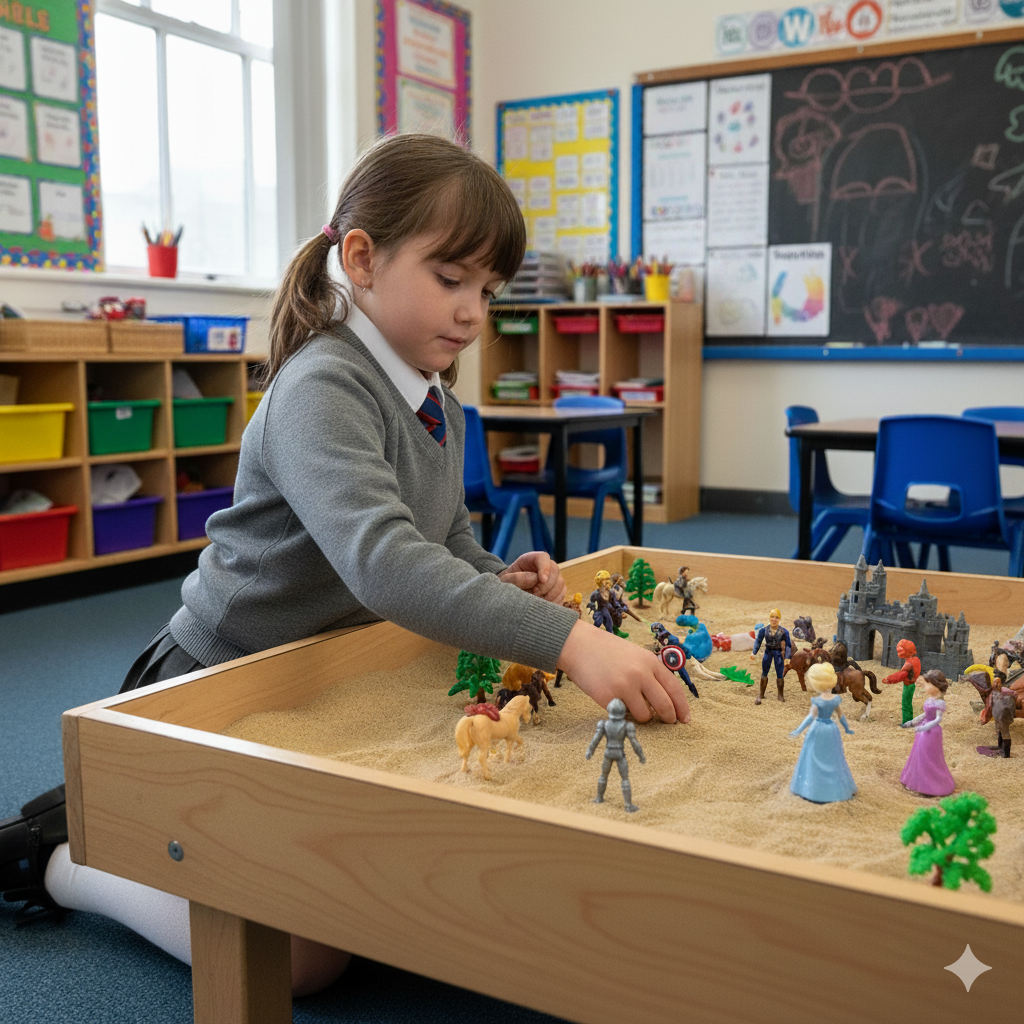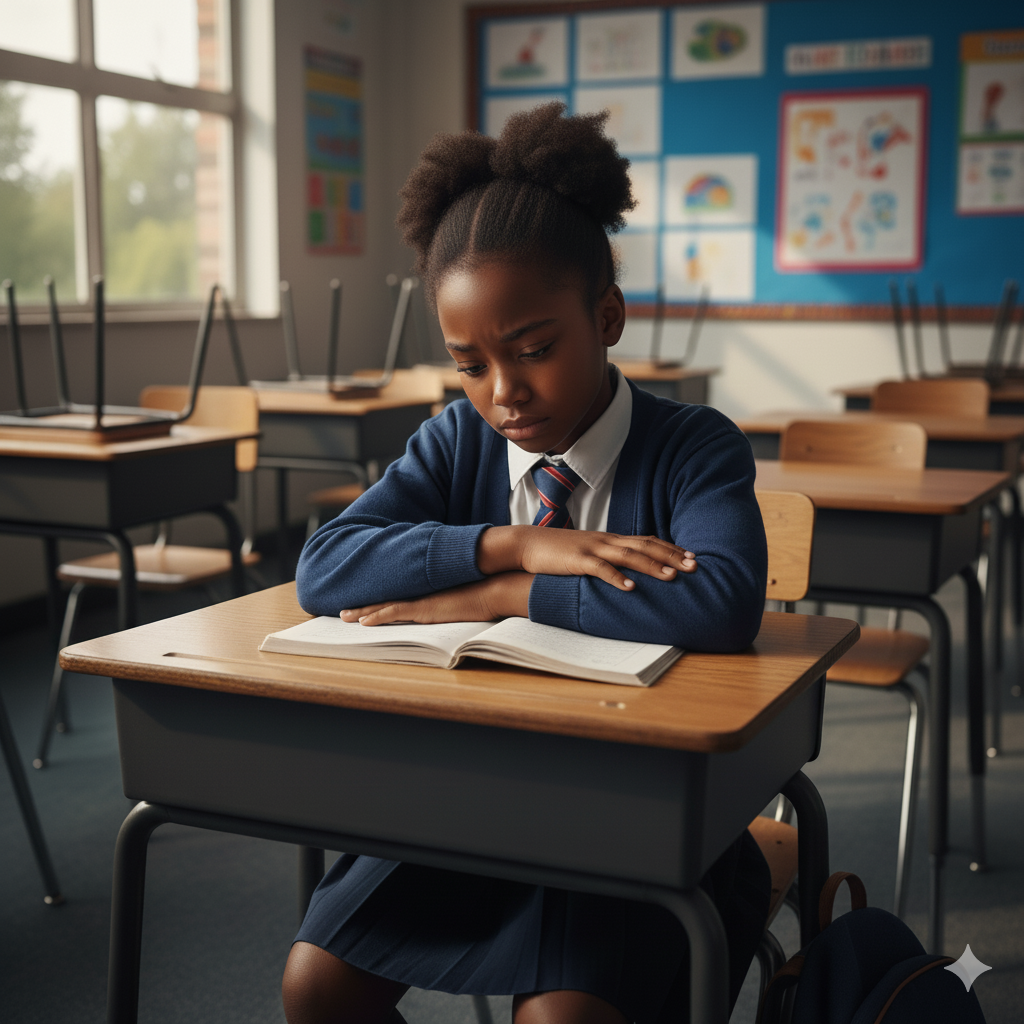
LIFELONG THERAPY LEARNING:
-
Learn more
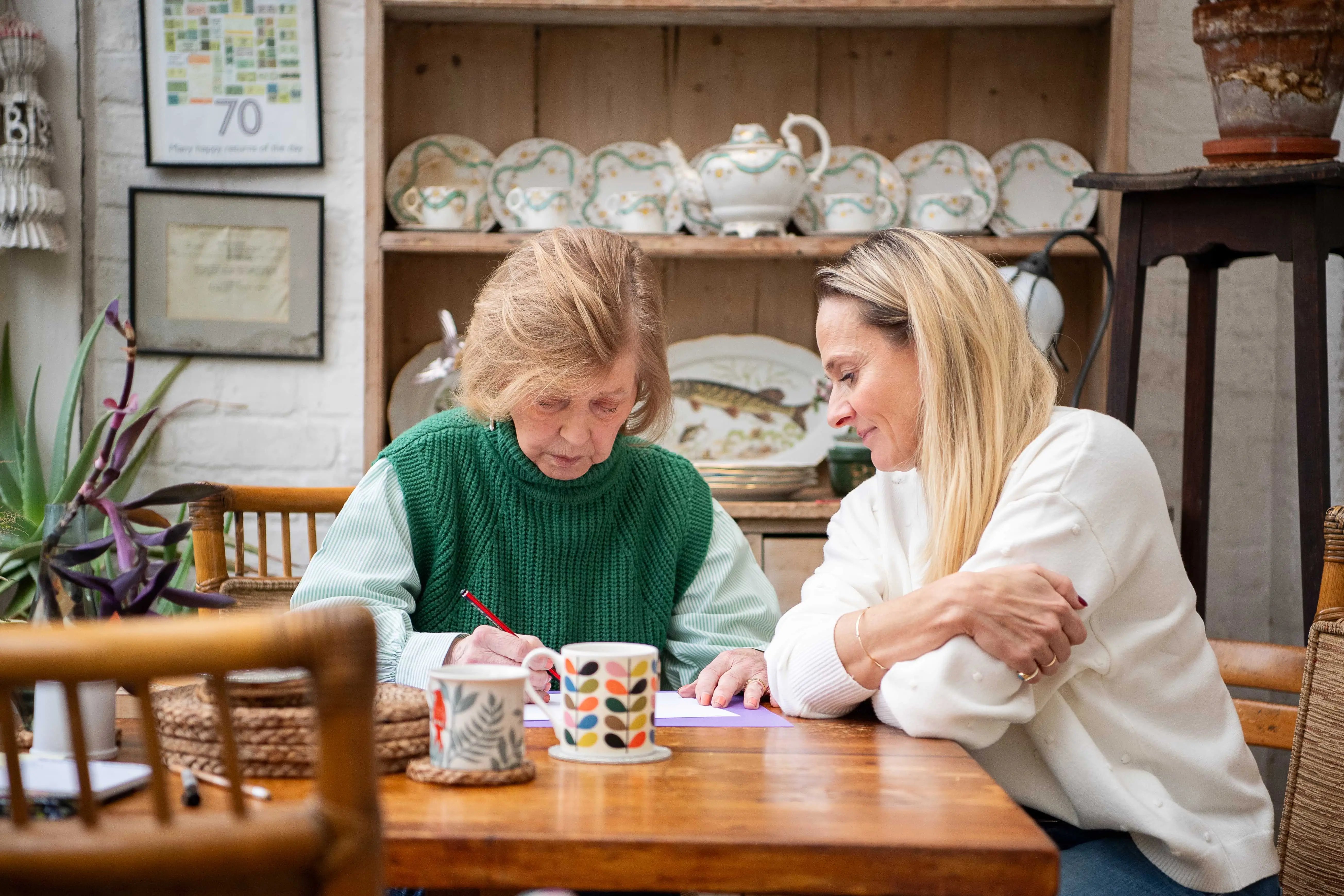
Drawing and Talking offers a non-directed and unintrusive approach for older adults to explore and communicate emotions.
Learn more
Creators of a global proactive intervention intended to complement rather than replace the work of Specialist Mental Health Services
Caring for older adults
-
Courses
Drawing and Talking provides an empathetic approach that supports older adults in connecting and processing emotions where other methods are unavailable or fall short.

Our training and support team's dedication to high-quality service offers you reassurance and peace of mind in this care approach.
Individuals
Creators of global proactive intervention intended to complement rather than replace the work of Specialist Mental Health Services.
Organisations
Our flagship courses are designed to equip delegates to work with children and adults immediately after training allowing a healing process to begin.
- Blog
- Find a practitioner
- Contact us
- Book now
The Healing Power of Art and Conversation: Combating Loneliness in Older Adults
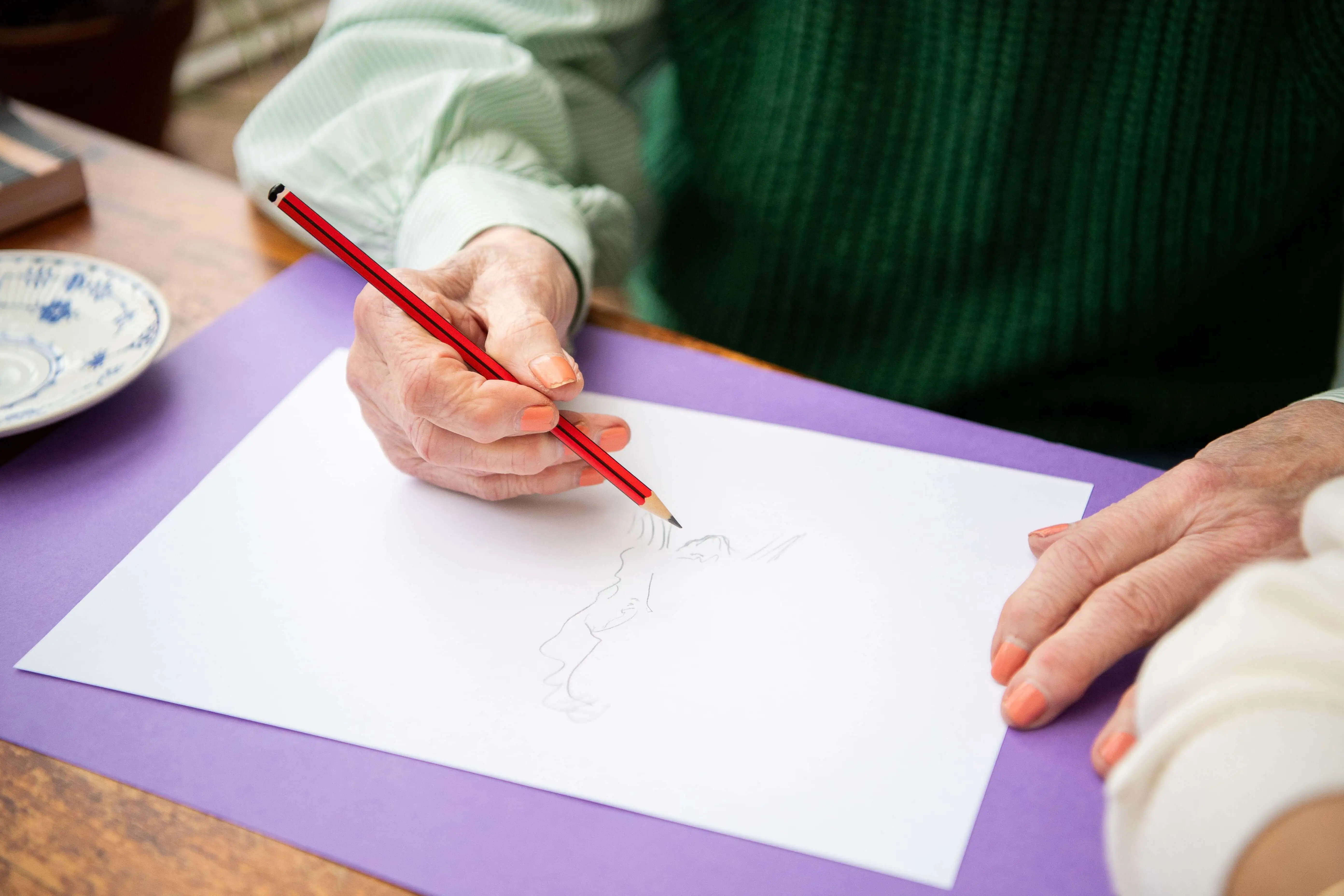
The Healing Power of Art and Conversation: Combating Loneliness in Older Adults
Loneliness and isolation are two of the most pressing issues affecting older adults today. As people age, they often face a multitude of challenges, such as the loss of loved ones, physical limitations, and changes in their social circles. These factors can contribute to a deep sense of loneliness and isolation, which, if left unaddressed, can have detrimental effects on their mental and emotional well-being. Drawing and talking therapy can provide a lifeline for older adults struggling with feelings of loneliness and isolation, offering them a therapeutic outlet for connection and healing.
Understanding Loneliness in Older Adults
Loneliness is not just a matter of physical solitude; it's a profound emotional experience that can lead to serious health issues like depression, anxiety, and even cognitive decline. Older adults are particularly vulnerable to loneliness due to a range of factors:
- Loss of Loved Ones: The passing of friends and family members can leave older adults feeling profoundly isolated.
- Reduced Mobility: Physical limitations can restrict their ability to engage in social activities and maintain relationships.
- Changing Social Circles: Retirement, relocation, or changes in circumstances can lead to a shrinking social network.
- Ageism: Society's ageist attitudes can marginalise older individuals, making it difficult to engage in meaningful interactions.
How Drawing Therapy Can Help
Drawing and Talking Therapy, provides older adults with a safe way to express their feelings, emotions and experiences. Here's how it can help combat loneliness:
- Self-Expression: Drawing allows individuals to convey their emotions, thoughts, and memories non-verbally. This can be especially beneficial for those who find it hard to articulate their feelings through words.
- Processing the feeling of Loneliness: Engaging in Drawing and Talking provides a meaningful, powerful tool that can help older adults to process the emotion of loneliness in a safe, secure way.
- Social Opportunities: Participating in group Drawing and Talking sessions creates opportunities for social interaction and secures bonds, reducing feelings of isolation. A collective sense of belonging is created.
- Emotional memory: Drawing and Talking taps into the emotional memory of the brain, which is the last memory to fade.
- Emotional Support: A therapist can provide a safe and non-The Synergy of Drawing and Talking Therapy
Combining drawing therapy and talking therapy can be especially effective for addressing loneliness in older adults. Through the medium of drawing and symbolism, sessions can serve as a bridge for discussing difficult emotions and memories in a gently, non-intrusive way.
Conclusion
Loneliness and isolation can be debilitating for older adults, but drawing and talking therapy offer hope and healing. Through drawing, individuals can express themselves creatively and find joy in the process, while talking provides emotional support and tools for managing loneliness. The combination of these approaches can empower older adults to connect with themselves and others, fostering a renewed sense of purpose and belonging in their later years. It is crucial to recognise that age should never be a barrier to seeking help and finding connection, and these therapies can play a vital role in improving the mental and emotional well-being of older individuals.
Latest News for Professionals Working With Older Adults
February 13, 2024
Latest News for Professionals Working With Children And Young People
February 13, 2024
February 13, 2024


